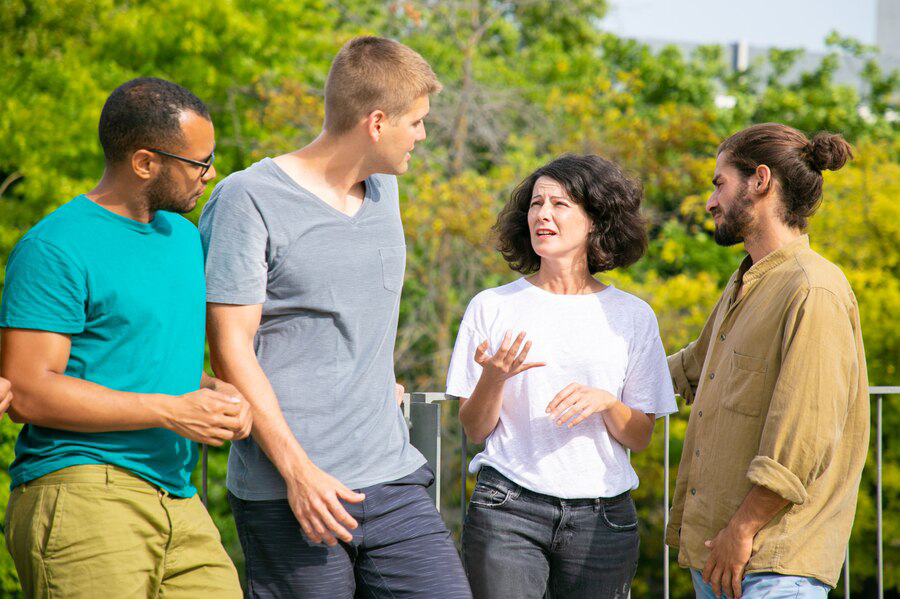In the realm of design, the impact of our surroundings on our mental and emotional well-being is a subject of growing interest and exploration. Landscape design, in particular, holds a significant role in shaping our experiences and perceptions of outdoor spaces. From lush gardens to urban parks, the psychological effects of landscape design extend beyond aesthetics, influencing mood, cognition, and overall well-being. In this article, we’ll delve into the fascinating field of the psychology of landscape design, exploring how our environment can profoundly affect our mental and emotional states.

Biophilia and Nature Connection:
At the heart of the psychology of landscape design lies the concept of biophilia—the innate human tendency to seek connections with nature and other forms of life. Landscape design that incorporates natural elements such as vegetation, water features, and natural materials can evoke feelings of tranquility, rejuvenation, and connection with the environment. Research suggests that exposure to nature has restorative effects on cognitive function, attentional capacity, and stress reduction, underscoring the importance of incorporating biophilic elements into outdoor spaces.
Stress Reduction and Relaxation:
Well-designed outdoor environments have the power to alleviate stress and promote relaxation, offering a respite from the demands of daily life. Elements such as greenery, open spaces, and natural light contribute to a sense of calmness and serenity, fostering relaxation and emotional restoration. Immersion in natural settings has been shown to reduce physiological markers of stress, such as heart rate and cortisol levels, while enhancing mood and overall well-being. By creating outdoor spaces that facilitate relaxation and stress reduction, landscape designers can contribute to improved mental and emotional health for users.
Cognitive Restoration and Attention Restoration Theory (ART):
Attention Restoration Theory (ART) posits that exposure to natural environments can replenish cognitive resources and enhance attentional capacity, particularly in comparison to urban or built environments. Natural settings offer a respite from the constant stimuli and cognitive demands of modern life, allowing for effortless attention and restoration of mental fatigue. Incorporating elements such as meandering pathways, natural water features, and diverse vegetation can promote fascination, exploration, and cognitive engagement, supporting the principles of ART and enhancing cognitive restoration in outdoor settings.
Social Interaction and Community Cohesion:
Landscape design plays a vital role in facilitating social interaction and fostering a sense of community among users. Well-designed outdoor spaces provide opportunities for social engagement, recreation, and connection with others, contributing to enhanced social well-being and community cohesion. Features such as gathering areas, seating arrangements, and recreational amenities encourage interaction and socialization, strengthening social bonds and promoting a sense of belonging. Additionally, shared outdoor spaces serve as platforms for collective activities, celebrations, and cultural events, further enriching community life and social connections.

Sense of Place and Identity:
Landscape design has the power to evoke a sense of place and foster a connection to the surrounding environment, shaping individual and collective identities. Well-designed outdoor spaces that reflect local culture, history, and ecology instill a sense of pride and belonging among users, reinforcing their connection to the landscape. By incorporating elements such as indigenous plants, cultural motifs, and interpretive signage, landscape designers can celebrate the unique identity of a place and create meaningful connections between people and their environment.
Conclusion:
The psychology of landscape design offers valuable insights into the profound impact of our outdoor environments on mental and emotional well-being. By understanding the principles of biophilia, stress reduction, cognitive restoration, social interaction, and sense of place, landscape designers can create outdoor spaces that nurture the mind, body, and spirit. Whether designing public parks, residential gardens, or urban plazas, incorporating elements that support psychological well-being can enhance the quality of life for individuals and communities alike. Contact us today to collaborate on creating outdoor environments that promote health, happiness, and harmony with nature. Let’s work together to design spaces that uplift and enrich the human experience.











